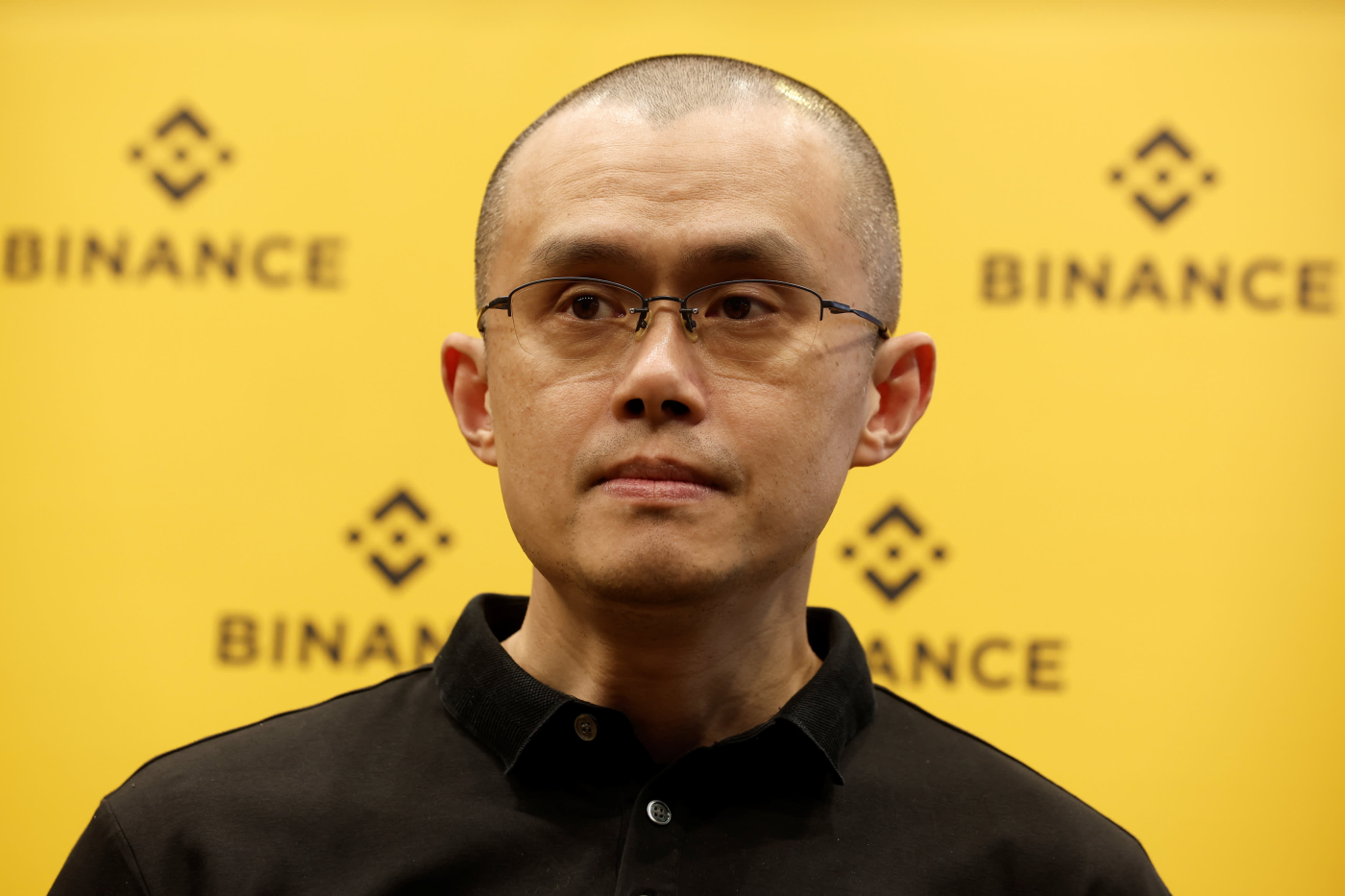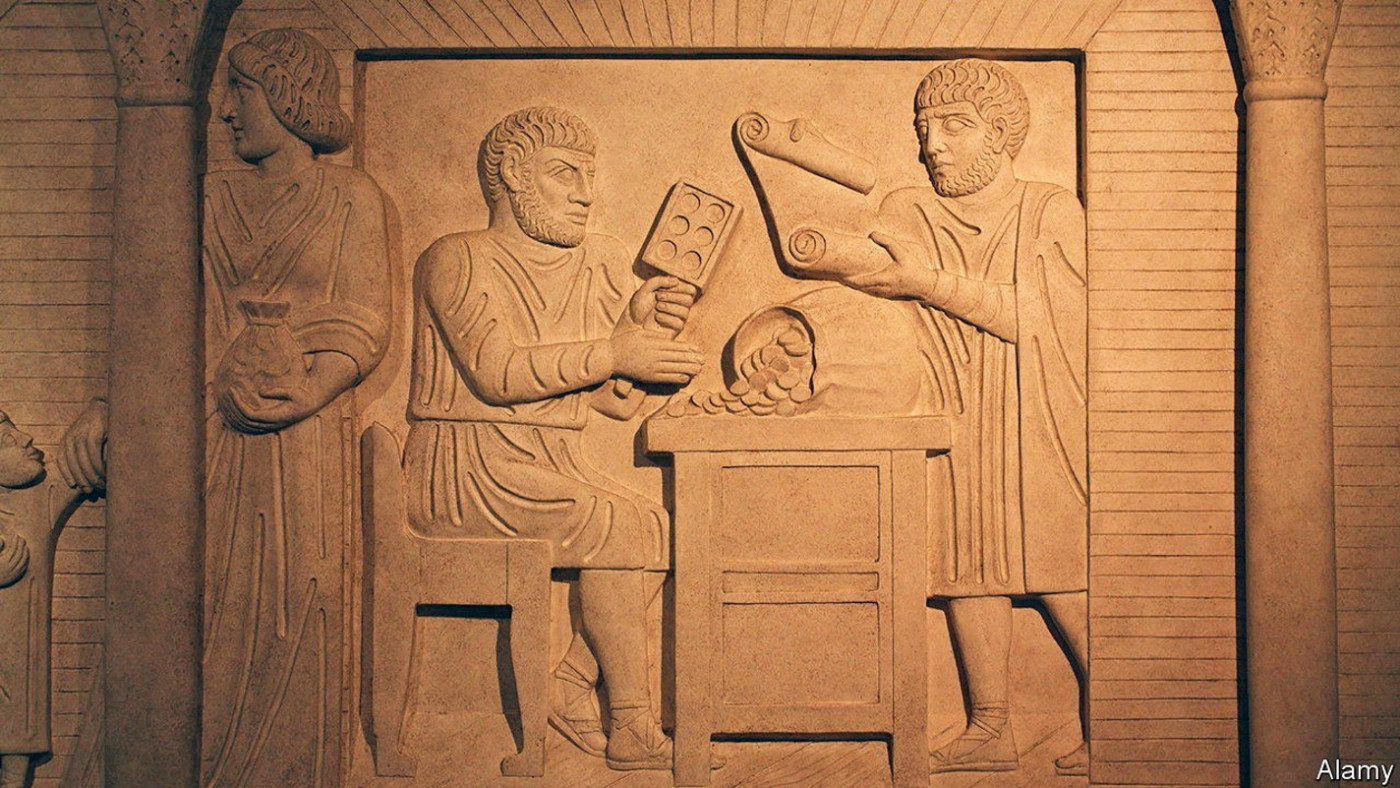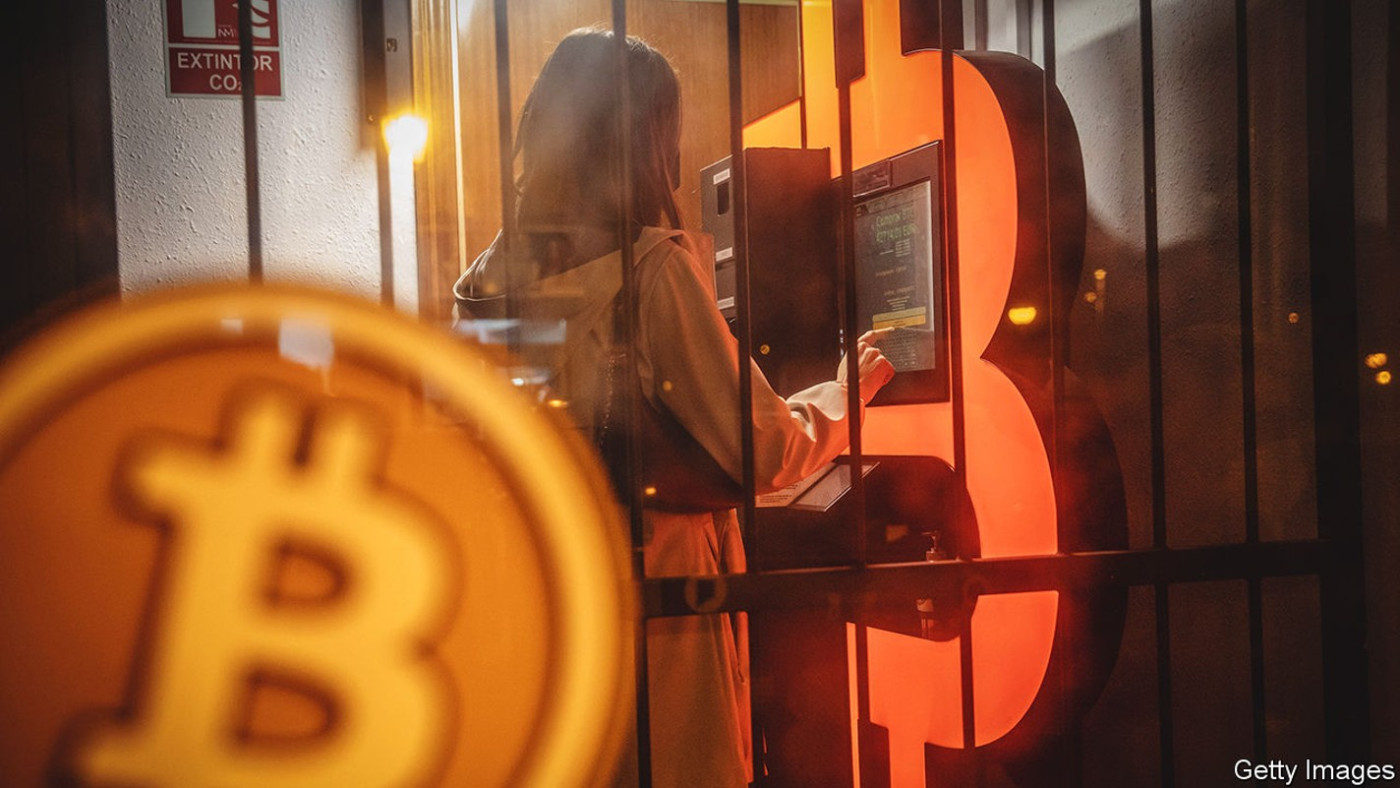A Nobel prize for quantum dottiness
THE QUANTUM world is full of paradoxes. Is light made up of particles or waves? How can entangled particles seemingly influence each other faster than the speed of light? And if, officially at least, the Nobel committee does not decide on its prizewinners until late morning, why did Aftonbladet and Dagens Nyheter, a pair of Swedish newspapers, have their names several hours earlier?
The leak of the winners of the 2023 Nobel Prize in Chemistry was unprecedented. Some mistakenly thought it to be a hoax. But in the end, the leaks were correct. The prize was awarded to Moungi Bawendi, Louis Brus and Alexei Ekimov, a trio of scientists who identified, explained and were subsequently able to harness another counterintuitive aspect of the quantum realm: that the properties of a material sometimes depend not on its chemical composition, but on its size.
Read more of our coverage on the Nobel prize:
• A Nobel prize in physiology for mRNA vaccines
• A Nobel prize for electron-watchers
The materials in question are quantum dots, the informal name for chemical structures also known as semiconducting nanocrystals. Electrons within a quantum dot can become separated from their host atoms when given a kick of energy by a pulse of ultraviolet light. That traps them inside the crystal until they can re-emit that energy as another burst of light and return to their original state.
The dot’s tiny size, though, will constrain the wavelength of the light that the electrons can re-emit. And it is the wavelength of light that determines its colour. Smaller nanodots produce high-energy blue light; larger ones produce red. Go above ten nanometres or so—about a thousand times smaller than a red blood cell—and the quantum effects necessary to produce light smear away into nothing.
The physics underlying quantum dots have been well-established since the 1930s. But making use of this knowledge had seemed impossible. That changed in 1979, when Dr Ekimov, then at the S.I. Vavilov State Optical Institute in St Petersburg, began the first experimental production of quantum dots. He was able to produce tiny crystals of copper chloride in glass, vary the colour of light they emitted by changing their size and prove the connection with the pre-existing theory. These experiments mean it is likely, says Olof Ramström of the Royal Institute of Technology in Sweden, that some medieval manufacturers of stained glass unknowingly got there first.
As appealing as coloured glass may be, it is a difficult medium for scientists to work with. In 1983 a more tractable manufacturing method was discovered. Dr Brus, then at Bell Laboratories in New Jersey, was able to create them as free-floating particles in solution, allowing the phenomenon to be observed in liquids as well as solids.
The tiny scale at which such processes take place calls for meticulous engineering if they are ever to be harnessed commercially. It was for solving this problem that the committee awarded the final third of the prize to Dr Bawendi, of the Massachusetts Institute of Technology. In 1993 he and his colleagues developed a technique for producing quantum dots to order. By injecting reagents into a solvent at high temperature, they were able to create small seed crystals around which bigger ones could be encouraged to form.
In the intervening decades, these tiny objects have had an outsize impact. They are used in lighting, to harness solar energy, and to tag body parts for biomedical imaging. So-called quantum-LED televisions and computer monitors are churned out by the millions, advertising crisper colours that will not fade over the life of the device. It is even possible that they may be used in the architecture of future quantum computers.
The most significant impact, however, may be on the broader field of nanoscience, which aims to exploit various sorts of quantum strangeness to accomplish useful things. Although scientists have long dreamt of exploiting this domain, few thought precision engineering on such a minuscule scale would be possible. The work of this year’s laureates gave much-needed hope. ■
Disclaimer: The copyright of this article belongs to the original author. Reposting this article is solely for the purpose of information dissemination and does not constitute any investment advice. If there is any infringement, please contact us immediately. We will make corrections or deletions as necessary. Thank you.





